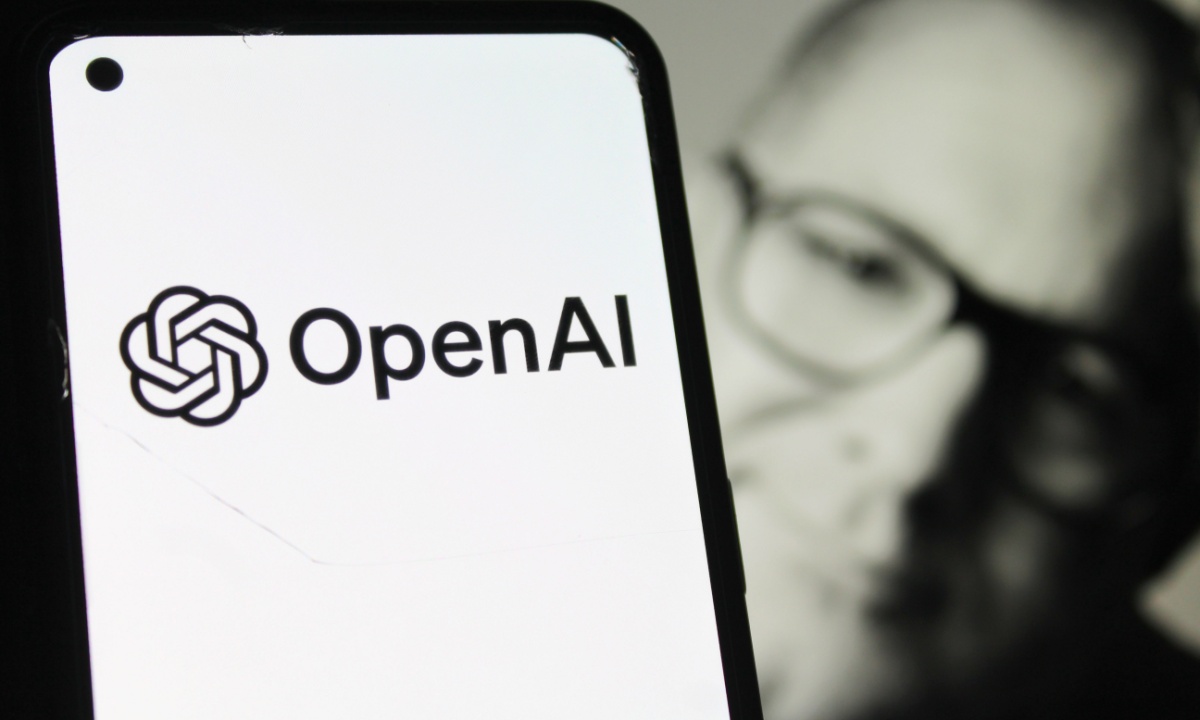OpenAI and Jony Ive have been generating considerable buzz in the technology world as they collaborate on an innovative AI device. The device, designed to be palm-sized and screenless, aims to interact with users through audio and visual cues, responding intelligently to their requests. However, recent reports indicate that their developmental journey faces significant hurdles.
The Financial Times reported that several key challenges are delaying the rollout of this ambitious project. Foremost among these are the device’s personality, privacy concerns, and the substantial computational power required to function effectively. One insider noted that while competitors like Amazon with Alexa and Google with its Home device have robust computing infrastructures, OpenAI struggles to secure the necessary computational resources even for their popular AI model, ChatGPT. This scarcity of compute power is a critical bottleneck for bringing the device to market.
### The Device: Vision and Functionality
At its essence, the device that OpenAI and Ive are crafting resembles the size of a smartphone. Instead of a traditional display, it relies on a combination of microphones, speakers, and possibly multiple cameras to facilitate interaction. This cutting-edge design reflects an ambition to redefine user engagement in the realm of AI. Rather than merely responding to text-based queries, the device aspires to engage users more naturally, harnessing the nuances of speech and environmental cues.
OpenAI’s acquisition of Jony Ive’s company, LoveFrom, for a staggering $6.4 billion in May is a strategic move aimed at ushering in a new computing era, reminiscent of the pivotal transition from flip phones to touchscreens. At the Viva 2025 tech conference, OpenAI CFO Sarah Friar underscored this ambition, drawing parallels between historical technological advancements and the transformative potential of AI.
### Roadblocks: The Challenges Ahead
Despite the high expectations surrounding their collaboration, several roadblocks have surfaced. The decision regarding the device’s “personality” features prominently in their list of challenges. Establishing a relatable yet distinct persona for the AI device is vital for consumer acceptance; it must deliver responses that feel both authentic and engaging.
Privacy concerns also loom large. Given the device’s reliance on continual auditory and visual inputs, users might hesitate to embrace it without stringent privacy measures in place. This facet is critical not only for fostering trust among users but also for compliance with increasingly stringent data protection regulations around the globe.
Another profound hurdle revolves around computational resources. OpenAI has made headlines for its incredible advancements in AI, particularly with models like ChatGPT. Still, the necessity for robust computing power to support a hardware product is distinctly different from software-centric developments. Sources close to the situation indicate that addressing computational insufficiencies is paramount before the device can make its way to consumers.
### The Bigger Picture: OpenAI’s Growth
Despite these obstacles, it’s important to contextualize them within the broader framework of product development. A source related to OpenAI has emphasized that these challenges are not unique to their team, suggesting that they are a routine part of the innovation process. The road to releasing groundbreaking products is often fraught with complications, and overcoming these hurdles can ultimately lead to stronger and more refined offerings.
Interestingly, just days prior to the revelation of these roadblocks, OpenAI achieved a significant milestone by surpassing Tesla and SpaceX to emerge as the world’s most valuable startup, valued at $500 billion following an employee share sale. This valuation underscores the market’s confidence in OpenAI’s vision. For OpenAI, the successful launch of a hardware product stands to justify its impressive valuation, particularly given that the company appears eager to diversify beyond software and into hardware integration.
### Future Implications
While the ongoing challenges may cause delays in the immediate timeline for product rollout, they offer some silver linings. The process of iterating on an AI device is likely to yield insights that can enhance user experience and technological capabilities. For OpenAI and Jony Ive, this phase of trial and error—where problems are tackled head-on—could ultimately crystallize into a more refined and effective product.
As discussions surrounding AI ethics and user privacy continue to gain traction, the resolution of these roadblocks will also set precedents for future AI devices. The industry must grapple with the implications of pervasive technology in daily life, especially as it pertains to personal data. Navigating these concerns could be foundational for the product’s acceptance in a market wary of surveillance and privacy infringement.
### Conclusion
OpenAI and Jony Ive’s ambitious AI device is at a crossroads, wrestling with critical developmental challenges. While roadblocks around device personality, privacy, and computational power present immediate concerns, they also reflect typical hurdles in innovative product development. As OpenAI evolves—now positioned as the world’s most valuable startup—the expectation is greater than ever for it to deliver a groundbreaking hardware experience.
Moving forward, the outcomes of these initial challenges could redefine the AI landscape, influencing not only the future of OpenAI’s offerings but also how consumers engage with technology on a fundamental level. As the project unfolds, keeping an eye on these developments will be essential for anyone interested in the intersection of AI, design, and consumer technology.
Source link







